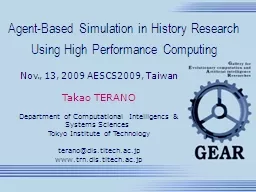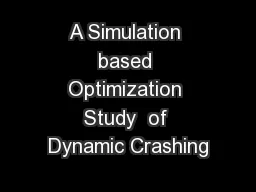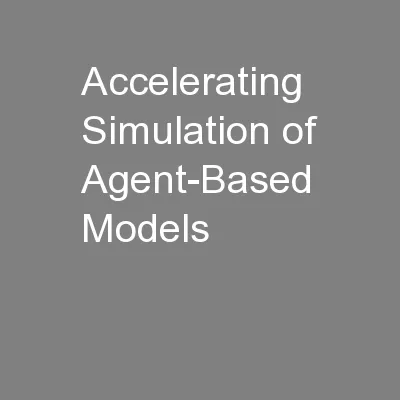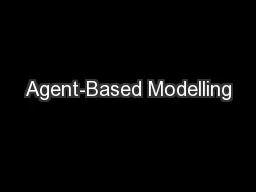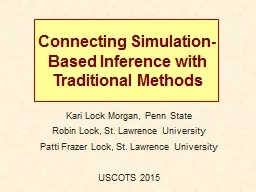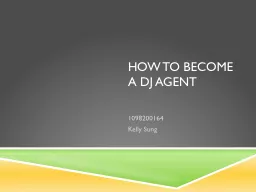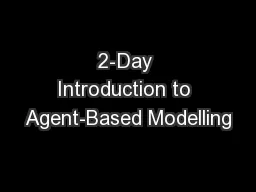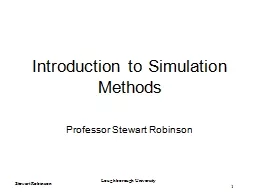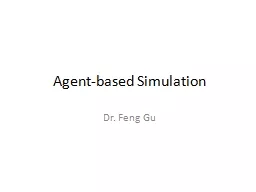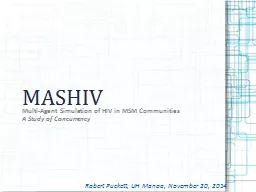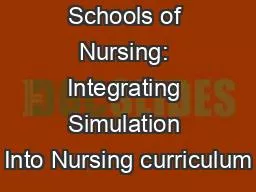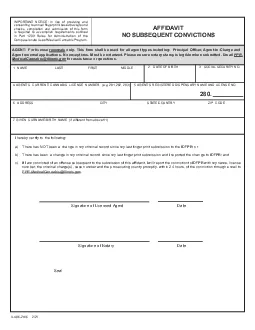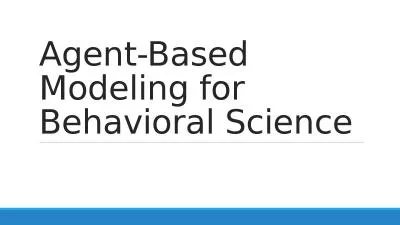PPT- Agent-Based Simulation in History Research
Author : heartfang | Published Date : 2020-06-23
Using High Performance Computing Nov 1 3 200 9 AESCS 200 9 Taiwan Takao TERANO Department of Computational Intelligencs amp Systems Sciences Tokyo Institute
Presentation Embed Code
Download Presentation
Download Presentation The PPT/PDF document " Agent-Based Simulation in History Re..." is the property of its rightful owner. Permission is granted to download and print the materials on this website for personal, non-commercial use only, and to display it on your personal computer provided you do not modify the materials and that you retain all copyright notices contained in the materials. By downloading content from our website, you accept the terms of this agreement.
Agent-Based Simulation in History Research: Transcript
Download Rules Of Document
" Agent-Based Simulation in History Research"The content belongs to its owner. You may download and print it for personal use, without modification, and keep all copyright notices. By downloading, you agree to these terms.
Related Documents

